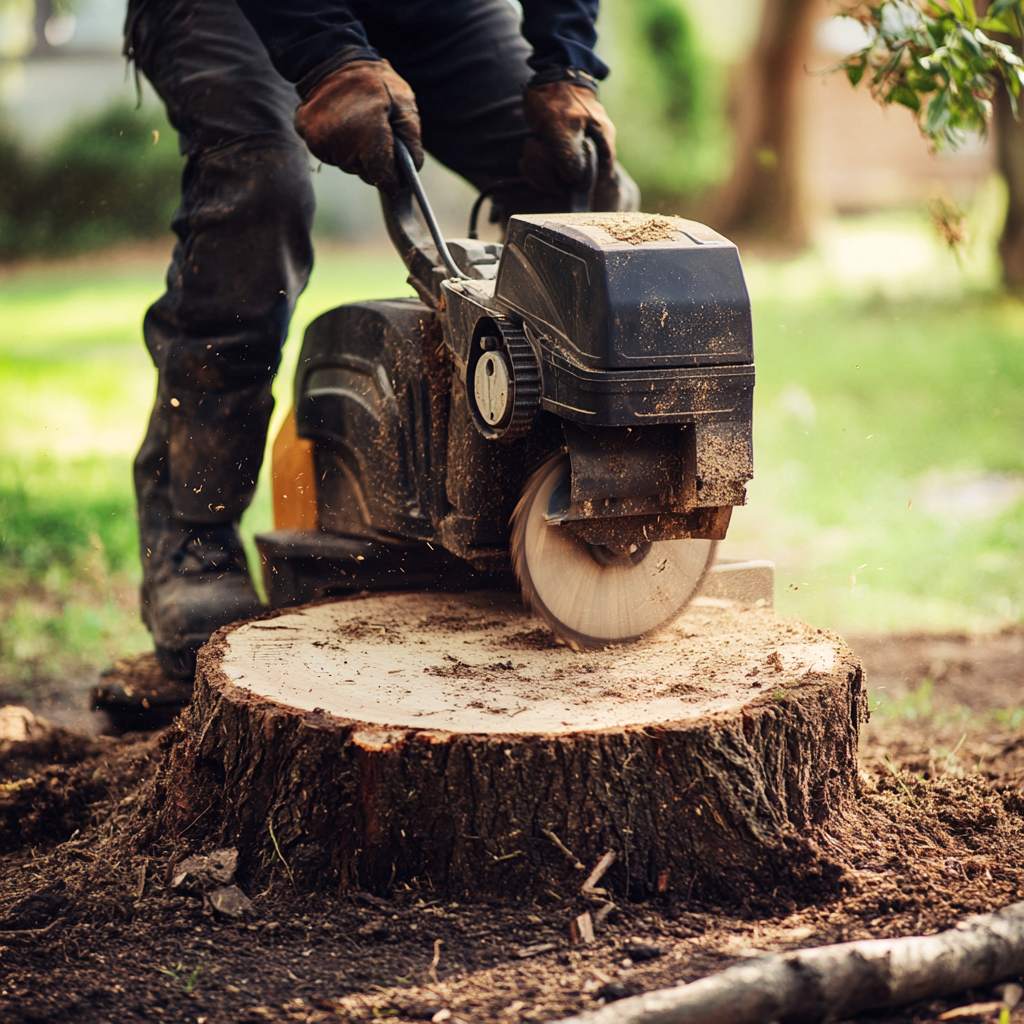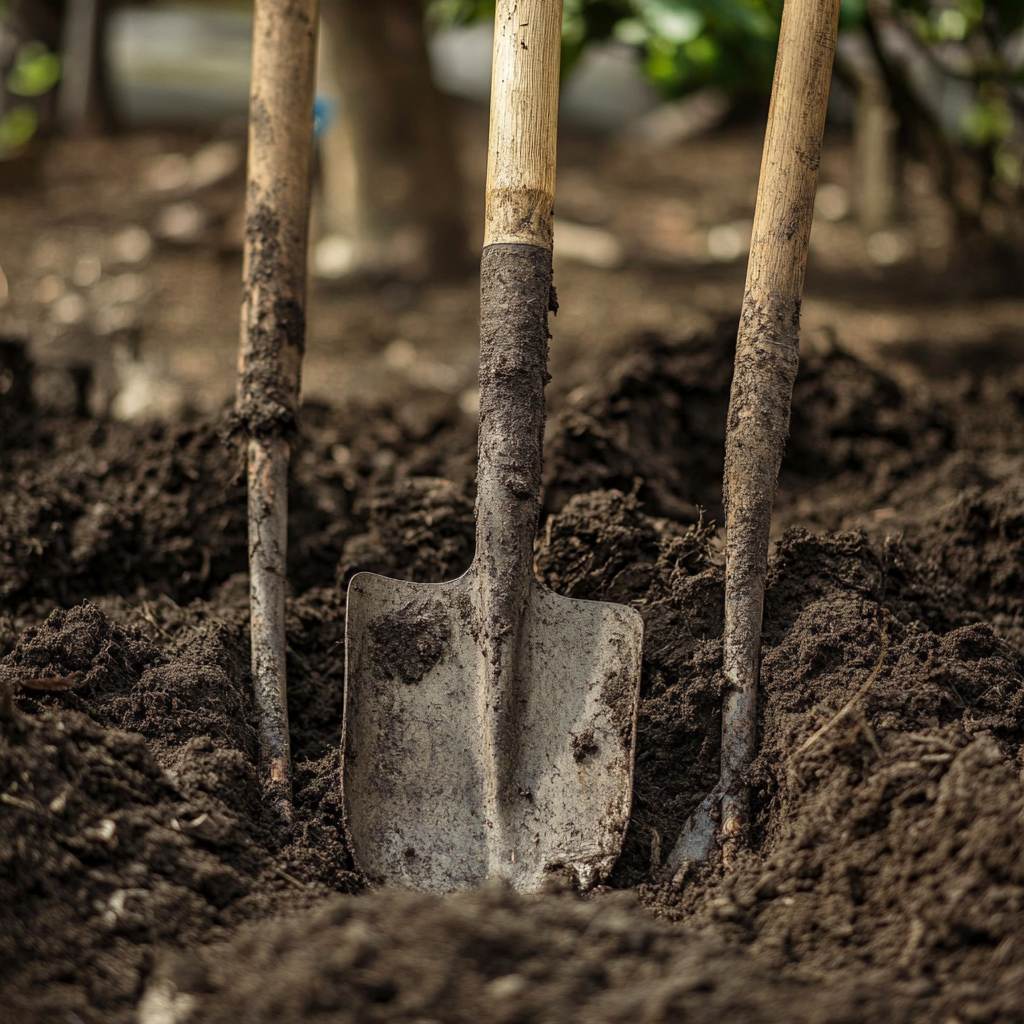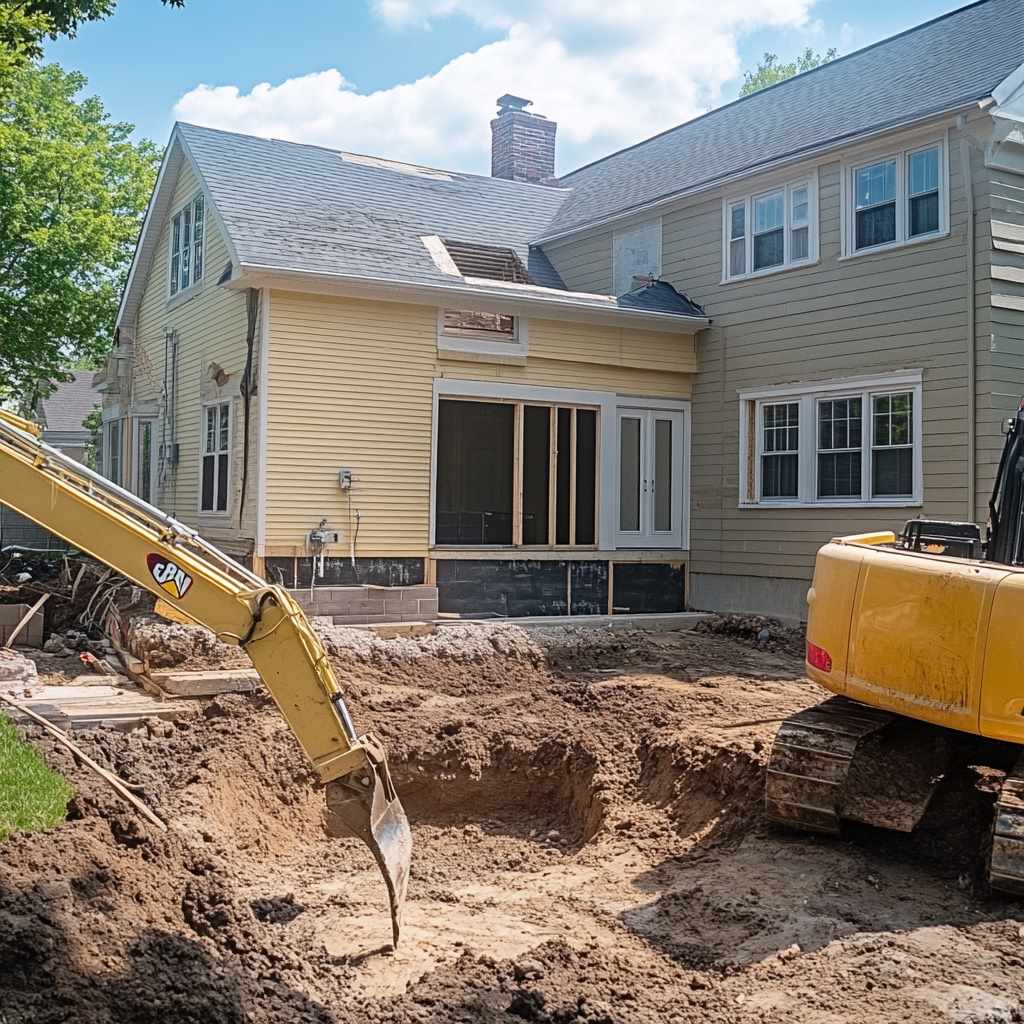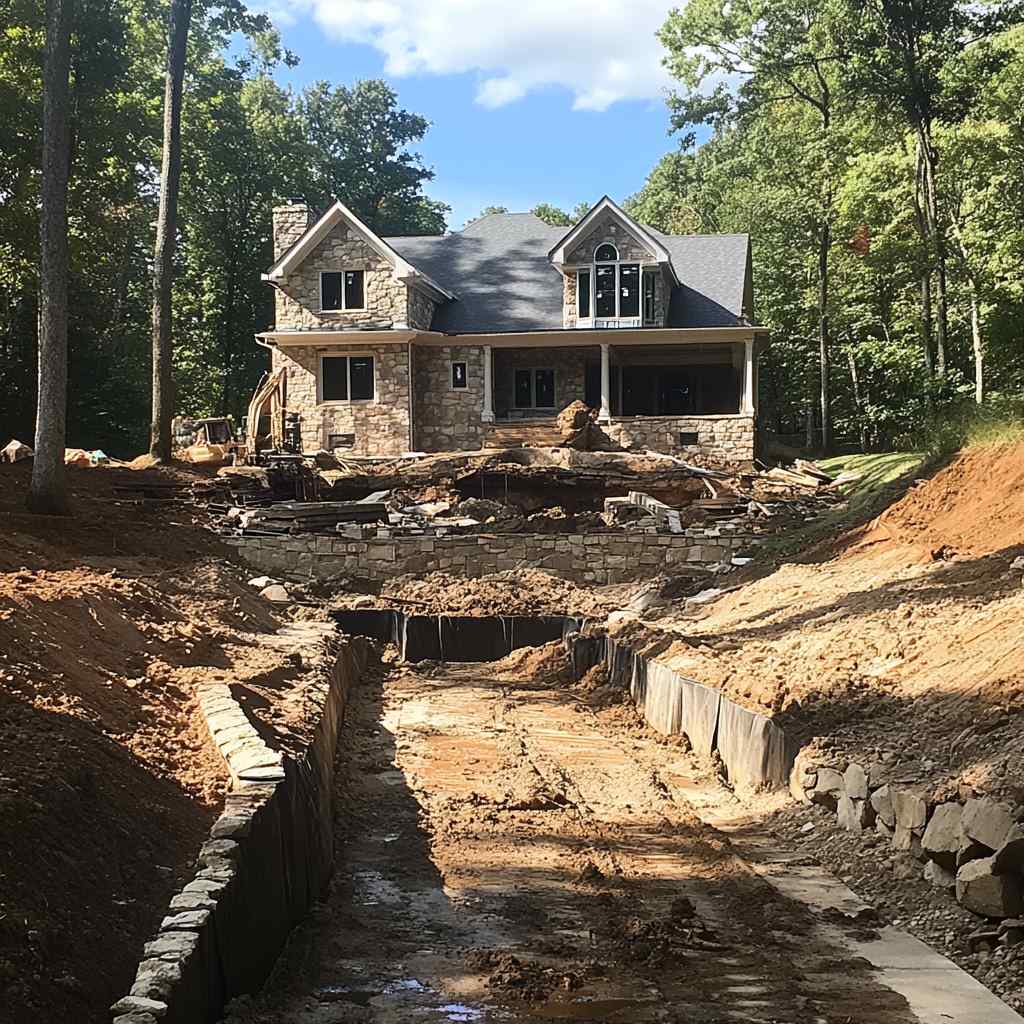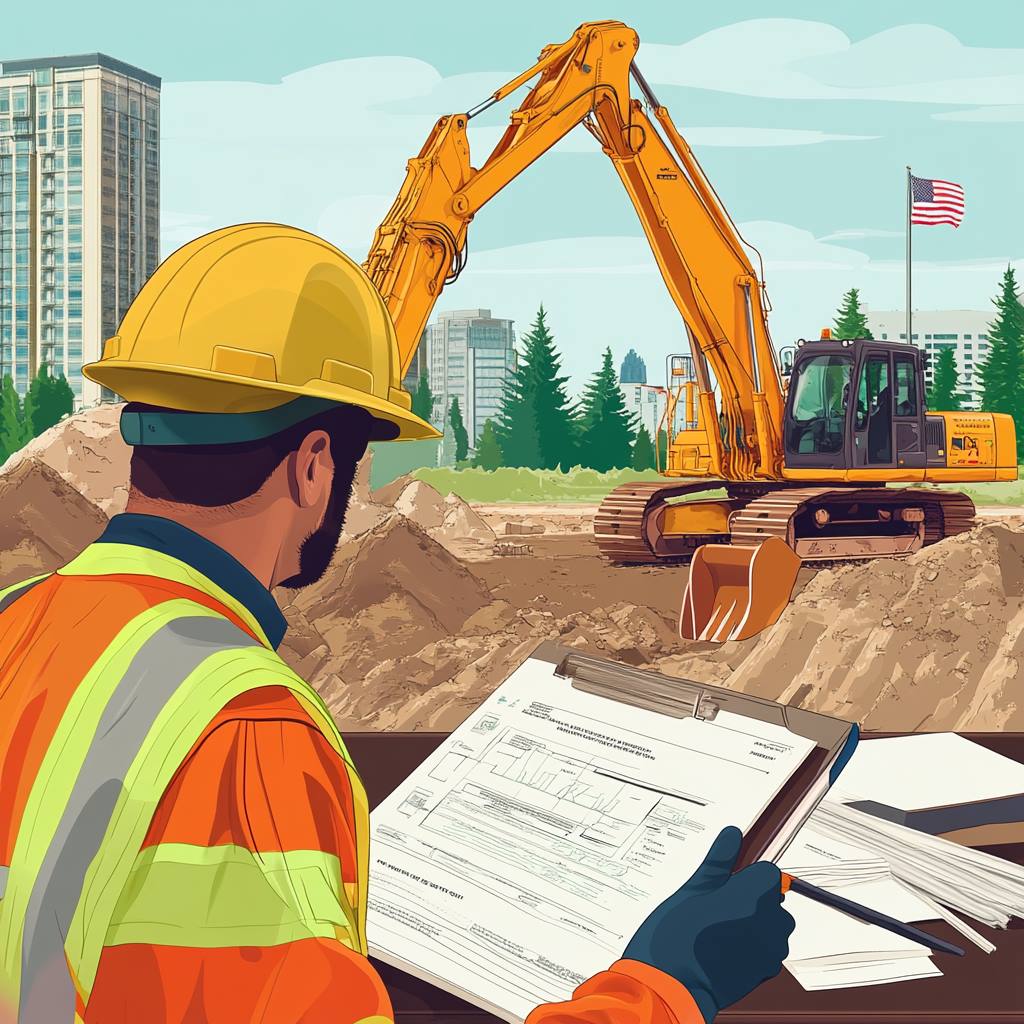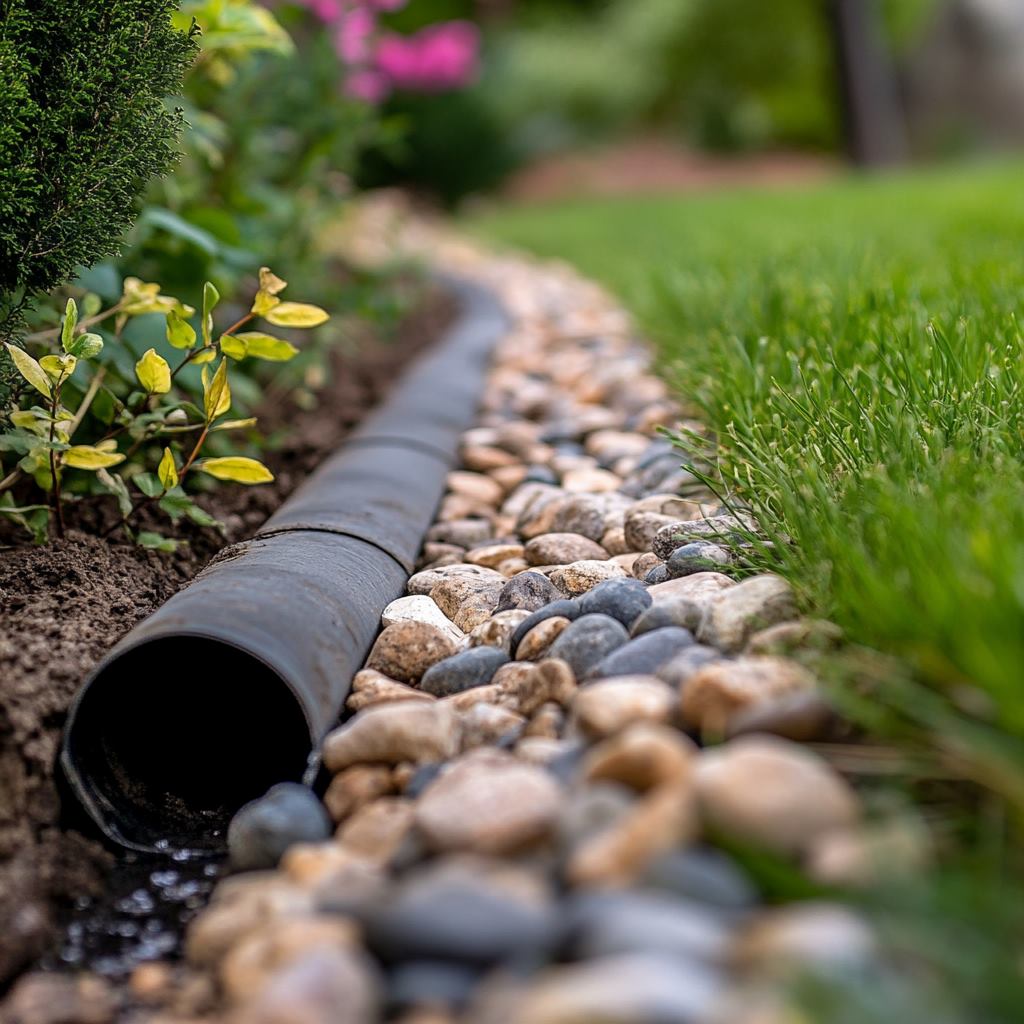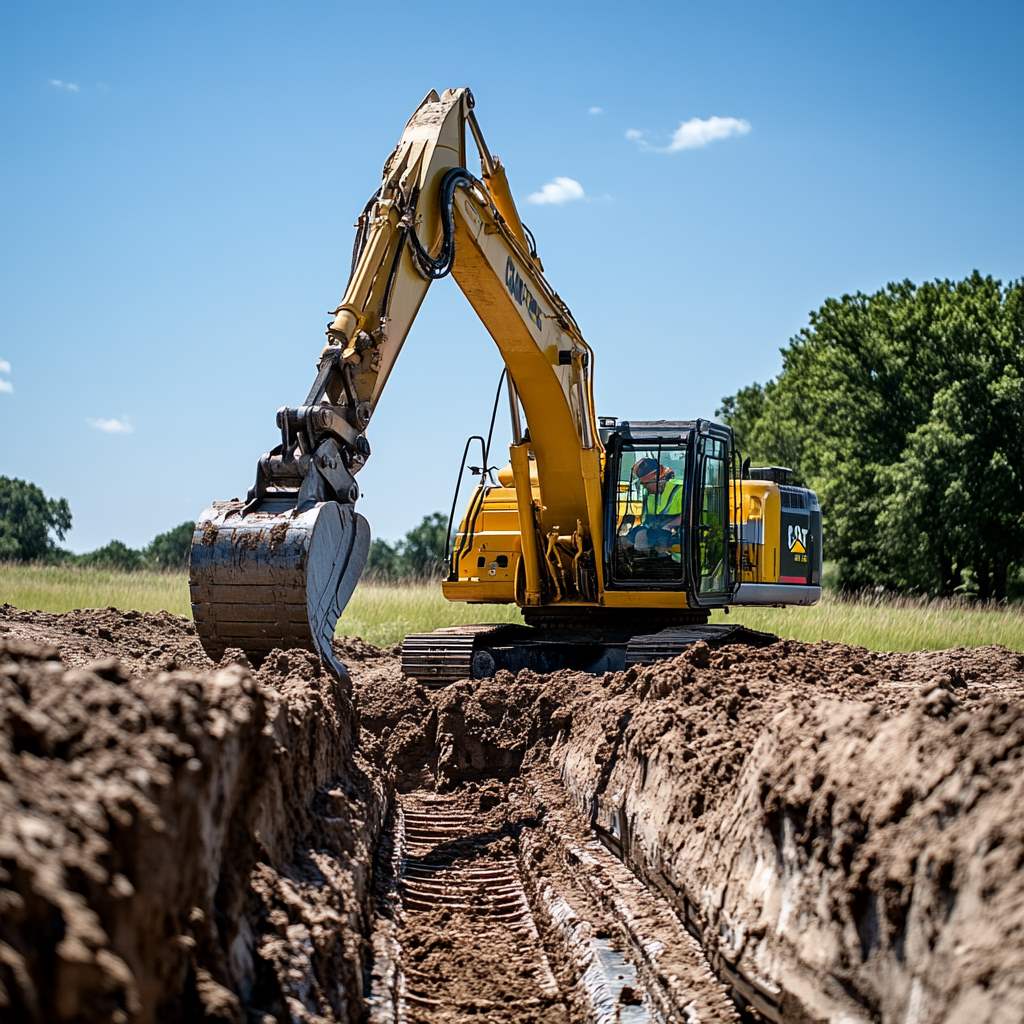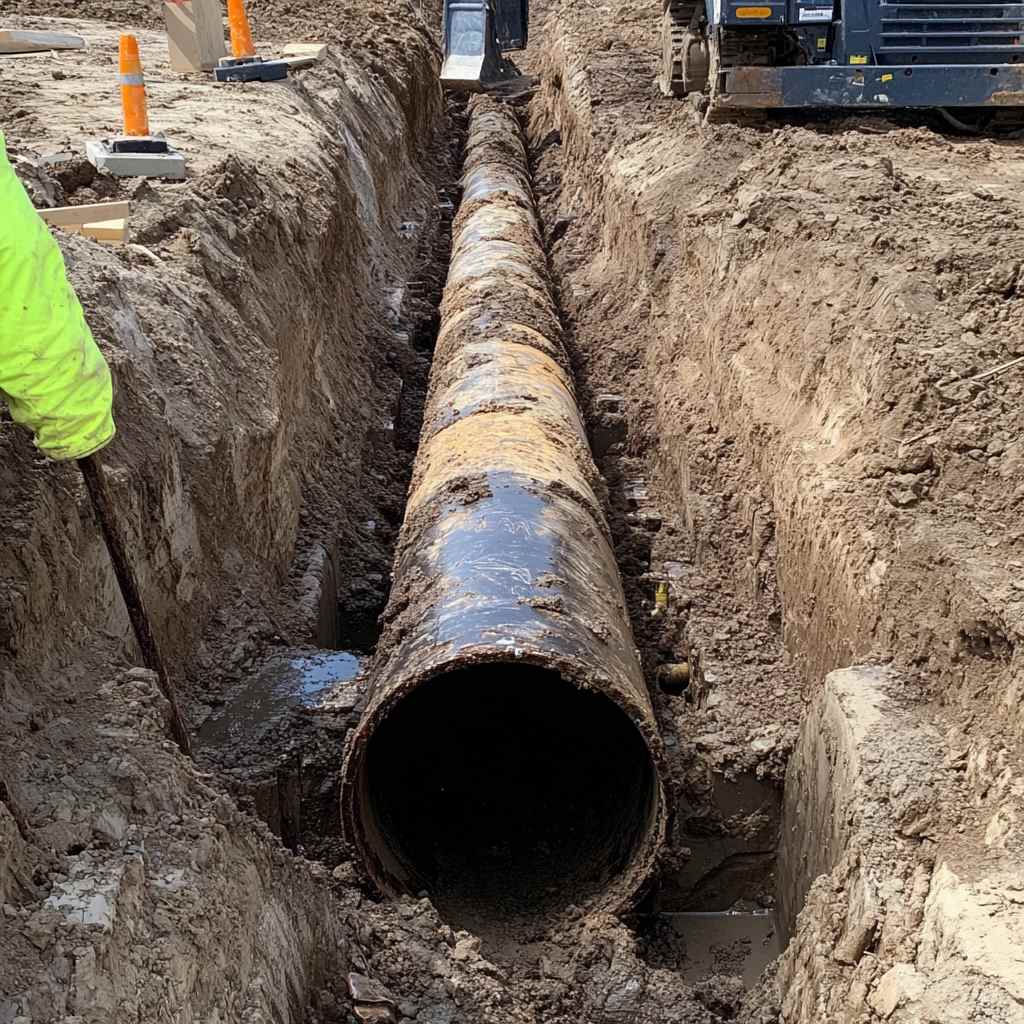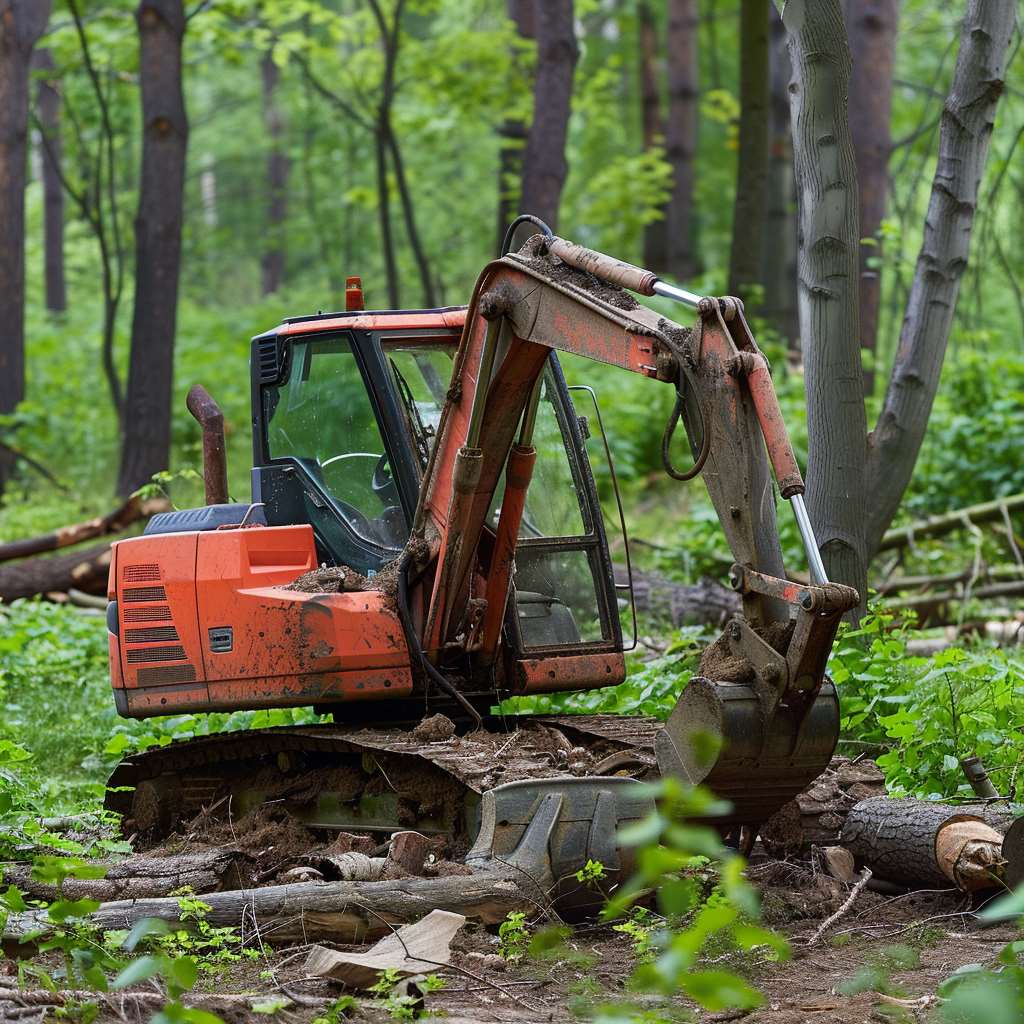How to Remove a Tree in Washington
Taking down a tree might seem simple, but in Washington, there are a few important steps you need to follow. Whether you live in Snohomish County, King County, or Skagit County, knowing the right way to remove a tree can save you time, money, and possible fines. Tree removal is not just about grabbing a chainsaw and getting to work. It involves careful planning, following local laws, and sometimes calling in professionals.
Whether you choose to tackle this project on your own or hire professionals like In-Depth Excavation, here’s a step-by-step guide to help you through the process.
Importance of Proper Tree Removal
Tree Removal, when done correctly, can greatly improve the safety and appearance of your property. Proper techniques not only protect your home and other structures but also maintain the health of the surrounding landscape.
Here’s why proper tree removal matters:
Safety: Dead or dying trees can become serious hazards during storms or strong winds, putting people, homes, and vehicles at risk.
Disease Control: Trees infected by pests or diseases can quickly spread harmful pathogens to nearby healthy plants. Removing the problem tree helps protect the rest of your landscape.
Aesthetic and Space Benefits: Clearing out unwanted or poorly placed trees opens up space for new construction, gardens, or outdoor living areas. It also improves the visual appeal of your property.
Using correct methods for tree removal ensures these benefits are achieved without causing unintended harm to the environment. Thoughtful planning and careful execution help keep the balance of your outdoor space intact, while also protecting the health of your local ecosystem.
Step-by-Step Guide to Tree Removal
1. Assessment and Planning
Evaluate the Tree: Start by looking at the size, location, and overall condition of the tree. Knowing these details will help you choose the safest and most efficient removal method.
Check Local Regulations: Confirm if a permit is needed before taking any action. Each county and city can have different rules.
2. Prepare the Area
Clear the Space: Remove anything around the tree that could get damaged during the removal.
Safety Measures: Set up barriers or warning signs if the area is close to walkways or neighboring properties.
3. Cutting Down the Tree
Professional Help: For large or complicated trees, hiring experts like In-Depth Excavation is the safest move. They have the right tools and training to handle the job properly.
Use Proper Tools: For smaller trees, chainsaws, hand saws, or even mechanical equipment may be necessary. Make sure tools are in good working condition.
4. Removing the Stump
Stump Grinding: The fastest way to remove a stump below ground level using specialized machinery.
Chemical Removal: Apply stump remover products to speed up natural decay. This method takes longer but requires less physical labor.
Manual Removal: Dig around the stump, sever the roots, and extract it by hand. Labor-intensive but effective for smaller stumps.
5. Post-Removal Care
Clean Up: Remove leftover branches, debris, and wood chips from the site.
Soil Care: Fill in any holes left by the stump with clean topsoil. You can then replant grass, flowers, or even another tree, depending on your landscaping goals.
Quick Solution: Using a Stump Grinder
For those looking for a fast and efficient way to remove a tree stump, using a stump grinder is often the best choice. A stump grinder works by chipping away the wood below ground level, turning it into small, manageable wood chips.
You can rent a stump grinder from a local hardware store if you feel confident operating heavy equipment. However, stump grinders can be powerful and tricky to use without experience. If you’re unsure, hiring professional services is a smart move. Professionals can complete the job swiftly and safely, avoiding any risk to yourself or your property.
Cut The Stump As Low As Possible
Before you start removing the stump, cut it as low to the ground as possible using a chainsaw. This reduces the amount of stump that needs to be removed and makes the process easier, whether you’re grinding, burning, or using chemicals.
Soften The Stump
To make the stump easier to remove, you can soften it using a variety of methods:
Chemical Stump Removers:
- Apply products like potassium nitrate to accelerate decomposition.
- Drill holes for the chemicals to penetrate deeply into the wood.
- This method typically takes 4-6 weeks to effectively soften the stump.
Epsom Salt Technique:
- Fill drilled holes with Epsom salt to help dry out and decay the stump.
- Cover with a tarp to retain moisture and promote breakdown.
Organic Mulch Decomposition:
- Bury the stump in mulch to foster natural decomposition through microbial activity.
- Can take several months to a year, but it’s an environmentally friendly option.
Boiling Water:
- Repeatedly pour boiling water over the stump to kill roots and soften the wood.
- Requires persistence and can be immediately followed by mechanical removal methods.
Wait It Out with Chemical or Natural Methods
If using chemical or natural methods to soften the stump, patience is necessary. These processes can take several weeks to months before the stump is ready for removal.
Add Kerosene or Lamp Oil
Once the stump has softened, for those choosing to burn it, drench it in kerosene or lamp oil by pouring the fluid into the pre-drilled holes. Allow time for the stump to fully absorb the flammable liquid.
This process requires safety measures to make sure you’re only burning the stump, and not the surrounding areas.
Burn the Stump
Carefully ignite the stump, ensuring that the fire is controlled and contained. Continuous monitoring is essential to prevent the fire from spreading.
It is vital to have fire safety measures in place to have your burns controlled. Here at In-Depth we cannot stress the importance of talking to a professional before considering this method. Uncontrolled burns can cause massive damage to our Eco-system.
Clean Up The Ashes
After the stump has completely burned down and cooled, remove the ashes and dispose of them properly. This cleanup is crucial to prepare the area for any new landscaping activities.
Get Rid of the Tree Roots
Removing remaining roots might be necessary, especially if they are extensive. This might require more robust tools or machinery, and possibly professional help.
A trees root systems tend to have a wild undergrowth that can possibly be attached to surrounding building structures. If not properly removed it does have the potential to cause foundation issues.
My first home had an improperly removed stump whose roots grew into my plumbing, causing back-flows consistently. We had to get a tool called an Eel, which is a big version of your typical drain snake, made for heavier-duty jobs. It took three days of Eeling to knock out the roots. The addition of fixing the main drain of my house was a very hefty cost for something that was never properly addressed.
Ready to Get your Tree Removal started with In-Depth?
For complex or multiple Tree Removals, hiring a professional service like In-Depth Excavation ensures that the job is done safely and effectively. Their expertise and equipment can handle any stump removal challenge, big or small. In-Depth Excavation, located in Washington, is a remarkable professional service provider specializing in complex and multiple Tree Removals. Our team of experienced workers is well-equipped to handle any stump removal challenge, no matter how intricate or demanding. Your satisfaction is our top priority, and we strive to deliver exceptional results that exceed your expectations.
At In-Depth Excavation, safety is our utmost concern. We strictly adhere to established safety protocols and employ appropriate personal protective equipment (PPE) to ensure the well-being of our team and valued clients. Our workers possess extensive knowledge and skills gained through years of experience in the field. They are skilled at evaluating each Tree removal situation and selecting the most suitable technique, providing efficient and effective stump removal.
Our specialized equipment, including stump grinders, excavators, and bulldozers, is well-maintained and operated by trained professionals. This provides performance, safety, and the ability to tackle even the most challenging stump removal tasks. With our comprehensive stump removal services, we take care of everything from initial assessment and obtaining necessary permits to grinding stumps below ground level and restoring your property to its original state.
Contact Us Today to get that tree outta there!
Phone: (425)367-1521
Or Email: info@indepthex.com
Frequently Asked Questions About Land Clearing
- Strategic soil removal is critical for removing unsuitable soil, debris, or vegetation that might hinder construction or cause instability in future structures. It ensures that the excavation site is prepared accurately, allowing for a stable and level foundation necessary for any construction work.
- Preparing a foundation during excavation involves creating a solid and stable base for any construction. This is essential to prevent future problems like settling or shifting, which can compromise the structural integrity and safety of the built environment.
- Professional excavation services use advanced technologies like GPS and laser-guided systems to ensure precise excavation. This technology helps maintain accurate depths and boundaries, crucial for meeting design specifications and ensuring the structural integrity of the project.
- Machinery selection for land clearing depends on several factors including the size of the area, the type of materials to be cleared, and terrain conditions. The goal is to choose machinery that maximizes efficiency while being suitable for the project’s specific environmental and physical constraints.
- Safety and efficiency are paramount in land clearing operations to protect operators and the environment, and to ensure the project proceeds without delays. Properly chosen and maintained machinery minimizes risks and maximizes productivity, enabling effective clearing while adhering to safety standards.


